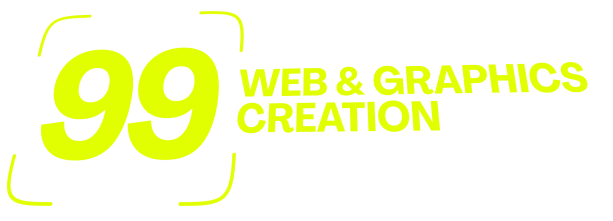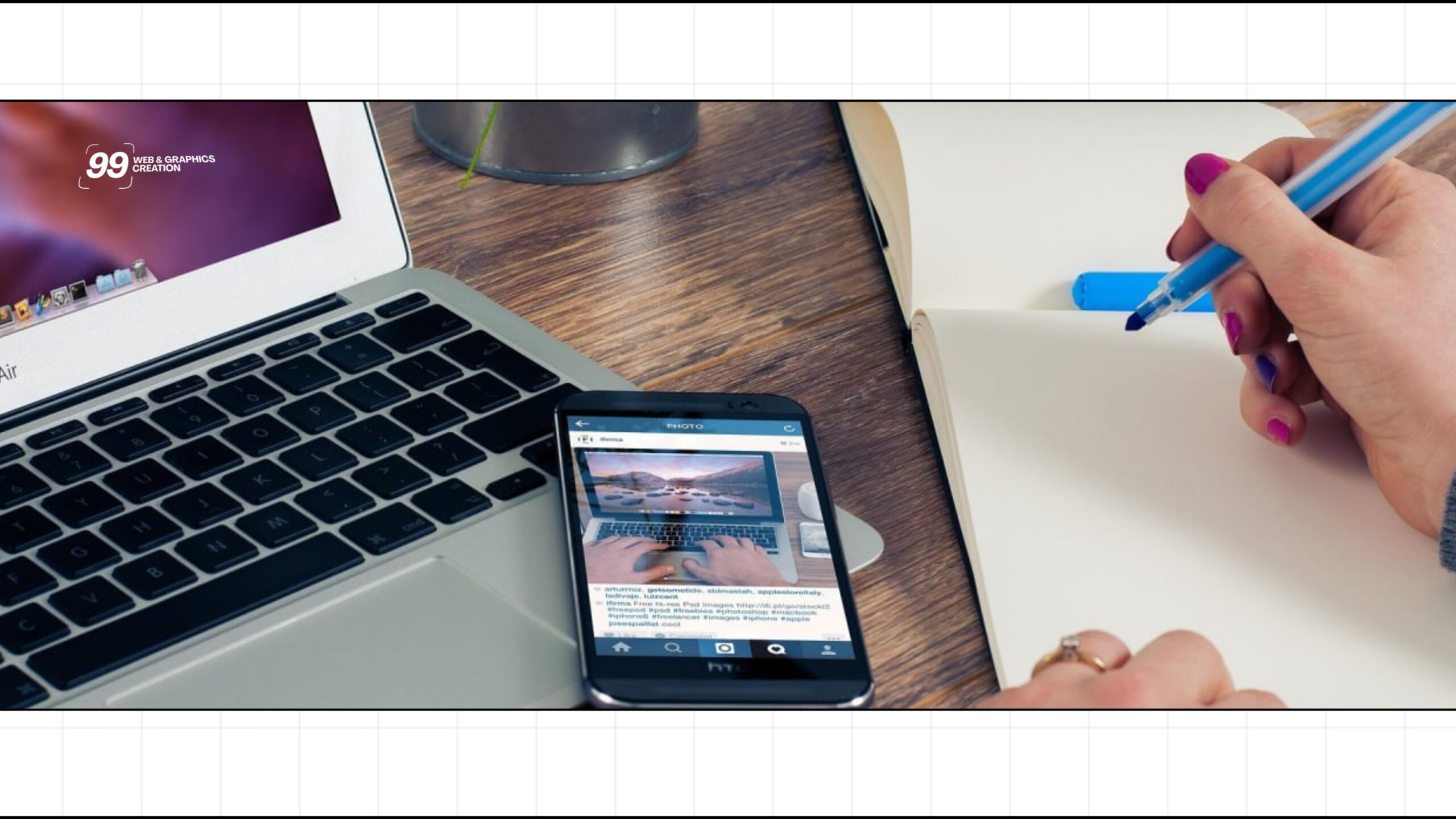People click on your “About” page for a reason, so don’t waste that moment. Impress them. Connect with them. Win them over.
In today’s digital world, trust is everything. Before someone hires you, books a call, or buys from you, they need to feel like you understand them and that you’re the right fit. The About page is one of the most visited pages on any website, yet so many people treat it like an afterthought.
If you’re a business owner, web developer, or creative, your About page isn’t just where you dump your bio. It’s a powerful space to tell your story in a way that makes people care, builds trust, and moves them one step closer to taking action.
When done right, your About page becomes your silent salesperson, working even when you’re not online. Done wrong, it becomes just another tab people close quickly.
Here’s how to make sure yours is working for you.
What’s the Real Purpose of an About Page
Many creatives and business owners think the About page is simply where they introduce themselves. But truthfully, it’s not just about you. It’s about how you help them.
Visitors come to this page with a question in mind:
“Can this person or brand help me solve my problem?”
So while they want to know who you are, they also want to see if:
- You understand their struggles
- You have a solution that fits
- You’re someone they can trust
Your About Page Should Do Five Things:
- Build trust
- Show that you’re credible
- Let your personality shine without losing professionalism
- Prove you understand your audience’s needs
- Lead visitors to take the next step
Common Mistakes That Hurt Your About Page
Let’s fix the usual problems that make About pages fall flat:
1. Vague or Generic Language
Saying things like “I’m passionate about design” or “I provide excellent service” doesn’t mean much unless you explain how and why. Add details. Use real stories.
2. Making It All About You
It’s fine to mention your experience, but always frame it around how it benefits your audience. People care less about what you’ve done, and more about how you can help them.
3. Sounding Too Robotic or Too Casual
A cold, formal tone feels distant. Being too playful might seem unprofessional. Aim for a balance — real, respectful, and human.
4. No Clear Flow or Structure
Your story should guide readers from one point to the next. Avoid rambling. Use clear sections.
5. No Call to Action
Don’t leave people guessing. End with a simple next step — book a call, explore services, or contact you.
A Simple Five-Part Structure for a Strong About Page
Here’s a proven structure you can follow:
1. Start with Empathy
Begin by showing that you understand your reader’s challenges — and that you’re here to help.
Example:
You’re not just looking for a designer. You’re searching for someone who can bring your brand to life visually and attract the right clients. That’s exactly what I help people do.
This tells readers you get it and positions you as a solution, not just a service provider.
2. Tell Your Story — But Make It Relevant
Don’t just list facts. Share why you do what you do, how you got here, and how it helps the client.
Example:
I spent five years in corporate branding before realizing small businesses were being left behind. That’s why I launched my own studio — to help business owners stand out with strategy-led, thoughtful design.
This gives context and shows purpose.
3. Explain What Makes You Different
Highlight your unique process or approach.
Example:
My approach is hands-on, collaborative, and strategy-first. I don’t just design for looks — I build brand visuals that speak clearly and help your business grow.
This builds confidence and makes comparison less likely.
4. Add Social Proof or Results
Let your results or clients do the talking.
Example:
In the last three years, I’ve worked with over 50 business owners — from wellness brands to fintech founders — helping them clarify their message and improve engagement.
Here’s what a few of them had to say:
→ [Insert 2–3 specific testimonials]
5. Close with a Clear Call to Action
Guide them to what’s next.
Example:
If you’re ready to stop guessing and start showing up with clarity and confidence, let’s talk. Click below to book your free consultation.
Bonus: Solving Common Personal Branding Challenges
Problem 1: You feel awkward talking about yourself
→ Solution: Focus on how your story helps the client. Ask, “Why does this matter to them?”
Problem 2: You’re unsure what sets you apart
→ Solution: Look at client feedback. What do people consistently praise you for?
Problem 3: The visuals look great, but the copy feels weak
→ Solution: Pair good design with strong, clear words. Hire a copywriter if needed.
Problem 4: You don’t have testimonials yet
→ Solution: Start now. After each project, ask, “What did you enjoy most about working with me?”
Final Thoughts
Your About page isn’t a placeholder. It’s a powerful piece of your brand. Done right, it builds trust, tells your story, and turns visitors into leads.
People don’t buy from websites. They buy from people. So show the person behind the business.
Use this structure and create an About page that works.




